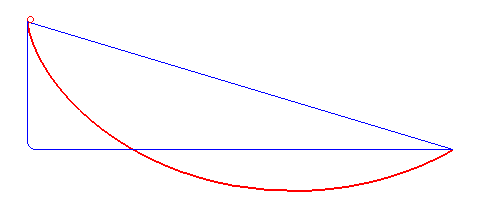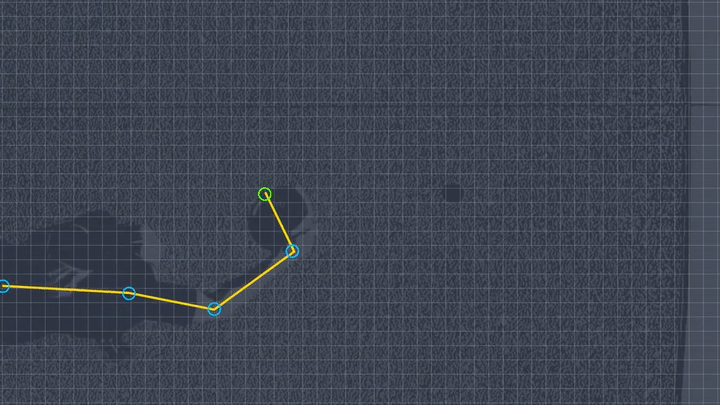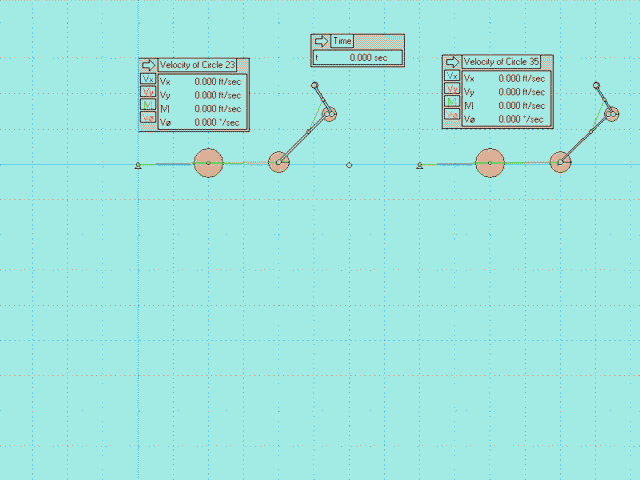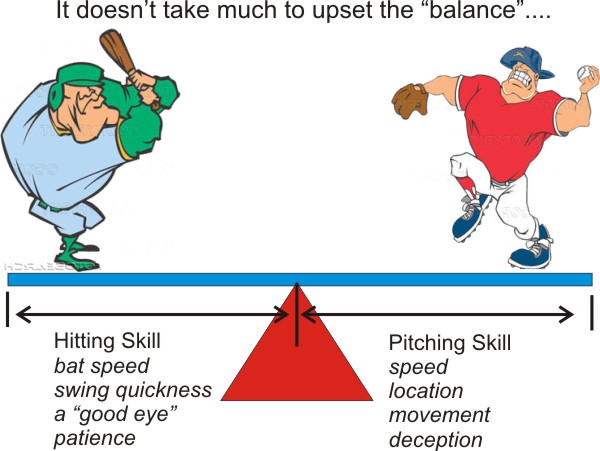Hi everyone,
I am a biomechanist by trade and work in an office with an 8 camera markerless motion capture system and tri-axial force plates.
I attached a video below which provides 2 camera views of a backhand standstill throw with time synchronized force plate measurements.
Figure on the left is the front foot force plate ( Green line = Vertical Force (Ground Reaction Force Z), Red Line = Horizontal Force/ Direction of throw (Ground Reaction Force Y).
Figure on the right is the back foot force plate ( Green line = Vertical Force (Ground Reaction Force Z), Red Line = Horizontal Force/ Direction of throw (Ground Reaction Force Y).
Note: The Vertical Figure axis starts at the top (0N)
I will be collecting trials over the next few months and start collecting 3D kinematic (joint angles, joint angular velocity, joint angular acceleration) and 3D kinetic (Forces in all three planes of motion). Please let me know if you have any ideas, theories, or cues you would like tested. Once I develop the variables to assess and accompanying pipeline, I can begin sharing data from different capture sessions.
I am aware of my rounding problem and will be working on fixing it. Since I am currently rounding, I will be interested to see how I can leverage the data to make technical advancements (e.g., try to produce more lateral force vs vertical force, increase or reduce elbow flexion angle at certain points of the throw).
I will also be working on defining the backhand throw based on phases:
e.g.., back leg touchdown, peak reach back, front foot touchdown, Power pocket). If anyone has suggestions as to when to biomechanically define "power pocket" I'm all ears.
Looking forward to fruitful conversations
I am a biomechanist by trade and work in an office with an 8 camera markerless motion capture system and tri-axial force plates.
I attached a video below which provides 2 camera views of a backhand standstill throw with time synchronized force plate measurements.
Figure on the left is the front foot force plate ( Green line = Vertical Force (Ground Reaction Force Z), Red Line = Horizontal Force/ Direction of throw (Ground Reaction Force Y).
Figure on the right is the back foot force plate ( Green line = Vertical Force (Ground Reaction Force Z), Red Line = Horizontal Force/ Direction of throw (Ground Reaction Force Y).
Note: The Vertical Figure axis starts at the top (0N)
I will be collecting trials over the next few months and start collecting 3D kinematic (joint angles, joint angular velocity, joint angular acceleration) and 3D kinetic (Forces in all three planes of motion). Please let me know if you have any ideas, theories, or cues you would like tested. Once I develop the variables to assess and accompanying pipeline, I can begin sharing data from different capture sessions.
I am aware of my rounding problem and will be working on fixing it. Since I am currently rounding, I will be interested to see how I can leverage the data to make technical advancements (e.g., try to produce more lateral force vs vertical force, increase or reduce elbow flexion angle at certain points of the throw).
I will also be working on defining the backhand throw based on phases:
e.g.., back leg touchdown, peak reach back, front foot touchdown, Power pocket). If anyone has suggestions as to when to biomechanically define "power pocket" I'm all ears.
Looking forward to fruitful conversations









